Yingbin Bai
Learning Efficiency Meets Symmetry Breaking
Apr 28, 2025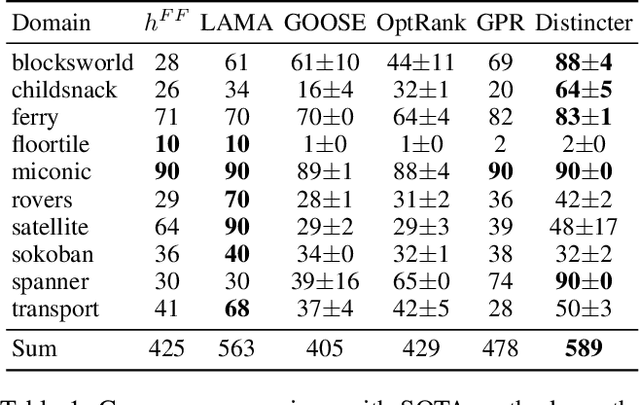
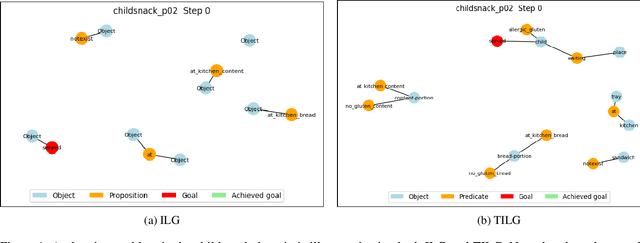
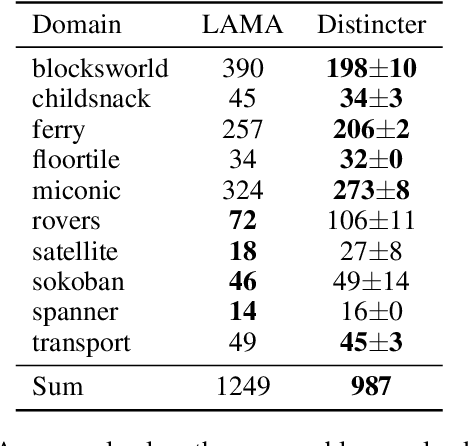
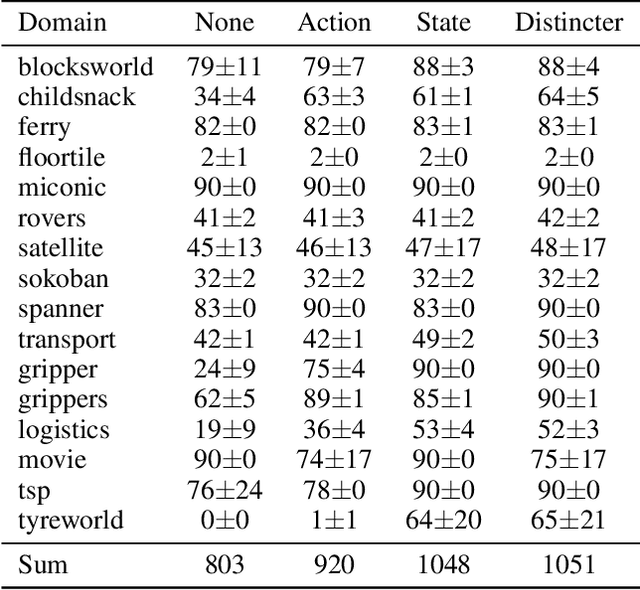
Abstract:Learning-based planners leveraging Graph Neural Networks can learn search guidance applicable to large search spaces, yet their potential to address symmetries remains largely unexplored. In this paper, we introduce a graph representation of planning problems allying learning efficiency with the ability to detect symmetries, along with two pruning methods, action pruning and state pruning, designed to manage symmetries during search. The integration of these techniques into Fast Downward achieves a first-time success over LAMA on the latest IPC learning track dataset. Code is released at: https://github.com/bybeye/Distincter.
Biomedical image analysis competitions: The state of current participation practice
Dec 16, 2022Abstract:The number of international benchmarking competitions is steadily increasing in various fields of machine learning (ML) research and practice. So far, however, little is known about the common practice as well as bottlenecks faced by the community in tackling the research questions posed. To shed light on the status quo of algorithm development in the specific field of biomedical imaging analysis, we designed an international survey that was issued to all participants of challenges conducted in conjunction with the IEEE ISBI 2021 and MICCAI 2021 conferences (80 competitions in total). The survey covered participants' expertise and working environments, their chosen strategies, as well as algorithm characteristics. A median of 72% challenge participants took part in the survey. According to our results, knowledge exchange was the primary incentive (70%) for participation, while the reception of prize money played only a minor role (16%). While a median of 80 working hours was spent on method development, a large portion of participants stated that they did not have enough time for method development (32%). 25% perceived the infrastructure to be a bottleneck. Overall, 94% of all solutions were deep learning-based. Of these, 84% were based on standard architectures. 43% of the respondents reported that the data samples (e.g., images) were too large to be processed at once. This was most commonly addressed by patch-based training (69%), downsampling (37%), and solving 3D analysis tasks as a series of 2D tasks. K-fold cross-validation on the training set was performed by only 37% of the participants and only 50% of the participants performed ensembling based on multiple identical models (61%) or heterogeneous models (39%). 48% of the respondents applied postprocessing steps.
MSR: Making Self-supervised learning Robust to Aggressive Augmentations
Jun 04, 2022

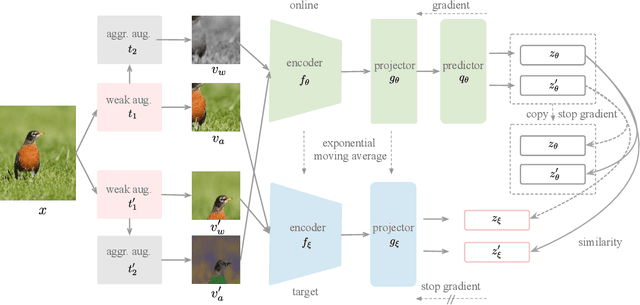

Abstract:Most recent self-supervised learning methods learn visual representation by contrasting different augmented views of images. Compared with supervised learning, more aggressive augmentations have been introduced to further improve the diversity of training pairs. However, aggressive augmentations may distort images' structures leading to a severe semantic shift problem that augmented views of the same image may not share the same semantics, thus degrading the transfer performance. To address this problem, we propose a new SSL paradigm, which counteracts the impact of semantic shift by balancing the role of weak and aggressively augmented pairs. Specifically, semantically inconsistent pairs are of minority and we treat them as noisy pairs. Note that deep neural networks (DNNs) have a crucial memorization effect that DNNs tend to first memorize clean (majority) examples before overfitting to noisy (minority) examples. Therefore, we set a relatively large weight for aggressively augmented data pairs at the early learning stage. With the training going on, the model begins to overfit noisy pairs. Accordingly, we gradually reduce the weights of aggressively augmented pairs. In doing so, our method can better embrace the aggressive augmentations and neutralize the semantic shift problem. Experiments show that our model achieves 73.1% top-1 accuracy on ImageNet-1K with ResNet-50 for 200 epochs, which is a 2.5% improvement over BYOL. Moreover, experiments also demonstrate that the learned representations can transfer well for various downstream tasks.
Understanding and Improving Early Stopping for Learning with Noisy Labels
Jun 30, 2021



Abstract:The memorization effect of deep neural network (DNN) plays a pivotal role in many state-of-the-art label-noise learning methods. To exploit this property, the early stopping trick, which stops the optimization at the early stage of training, is usually adopted. Current methods generally decide the early stopping point by considering a DNN as a whole. However, a DNN can be considered as a composition of a series of layers, and we find that the latter layers in a DNN are much more sensitive to label noise, while their former counterparts are quite robust. Therefore, selecting a stopping point for the whole network may make different DNN layers antagonistically affected each other, thus degrading the final performance. In this paper, we propose to separate a DNN into different parts and progressively train them to address this problem. Instead of the early stopping, which trains a whole DNN all at once, we initially train former DNN layers by optimizing the DNN with a relatively large number of epochs. During training, we progressively train the latter DNN layers by using a smaller number of epochs with the preceding layers fixed to counteract the impact of noisy labels. We term the proposed method as progressive early stopping (PES). Despite its simplicity, compared with the early stopping, PES can help to obtain more promising and stable results. Furthermore, by combining PES with existing approaches on noisy label training, we achieve state-of-the-art performance on image classification benchmarks.
 Add to Chrome
Add to Chrome Add to Firefox
Add to Firefox Add to Edge
Add to Edge